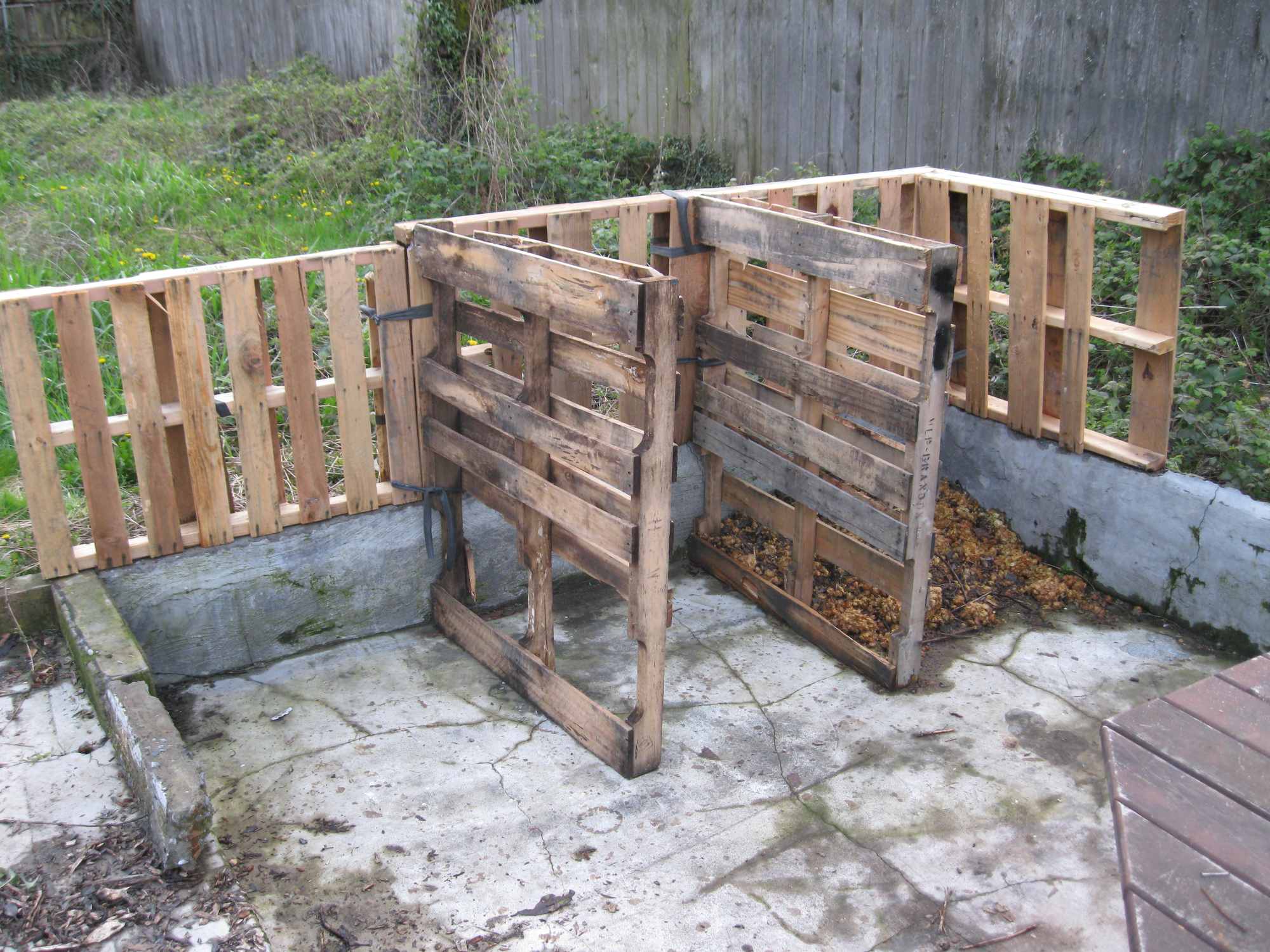
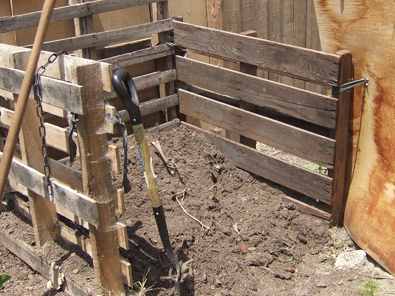
Three Pallet Thermophilic Compost Pile Stall
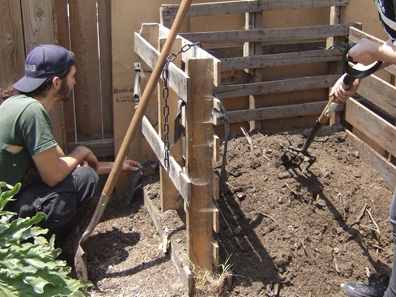
Three Pallet Thermophilic Compost Pile Stall 01
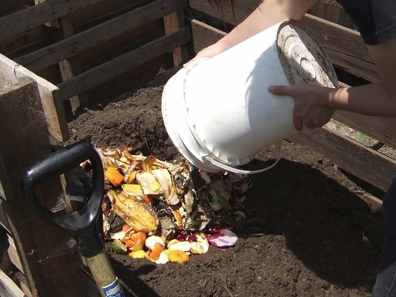
Three Pallet Thermophilic Compost Pile Stall 02
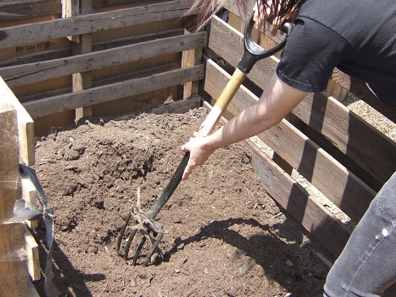
Three Pallet Thermophilic Compost Pile Stall 03
Thermophilic Compost Pile Stalls
Using wood pallets as stalls for building thermophilic compost piles is one of the simplest and most straight forward backyard permaculture projects you can do. People have a variety of aesthetic opinions about pallets, though if you're creative you can embellish them with ornate designs from painting, to covering with fabric, to finishing with an outer layer of wood.
No matter how you make them appear, their utility is to make it easier to stage and rotate compost heaps of different ages and stages of maturity. They can also be used to separate compost piles made of different materials with different types of processing. For example, I may want to use one fast composting stall for food scraps, then have other stalls for slower to break down materials like woody materials, vines, yard clippings, tree trimmings, etc. As with any compost pile, the more you turn them, and the more consistent ly and non-excessively moistened they are, the more efficiently and thoroughly they'll work to turn almost any organic material into nutrient rich garden soil amendment.
You can use rope, or I like to use bicycle tire inner tube to create tension to attach the pallets together. You just stand them on their side, make a like box with an opening which you can then place another pallet, or a sheet of wood if you want it to be more enclosed.
The best performance I got from this system was when I was collecting about 5 gallons of food scraps from a mostly raw food community house I was living in. We had so many fruit and vegetable scraps from juicing and blending, there was a lot of compost. I would maintain a fresh supply of already steaming hot compost from the city's free mulch/compost program. Then, when once a week when the food scrap bucket was full, I'd dig a pit out of the center of heap in the pallet stall, pour in the food scrap bucket, then bury it all with hot compost made mostly of yard waste. By the time it was time to do it again the following week, there'd be nothing left of the previous weeks food scraps, it was all dark brown, almost black and only the most fibrous materials like fruit rinds and pits would be visible.
Pallets are cheap if not free if you look for them. I recommend stock piling them if you can, or knowing where to get them if you can't.